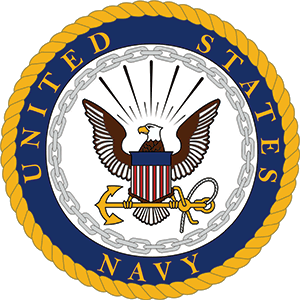ABOUT VU-4
- Origins: VU-4, also known as Utility Squadron Four, was a U.S. Navy utility squadron established in 1942 during World War II to provide target towing and other utility services.
- Role: The unit specialized in target towing for anti-aircraft gunnery training, radar calibration, and other vital fleet support roles.
- Aircraft Variety: Over its lifetime, VU-4 operated a wide array of aircraft including the Grumman J2F Duck, TBM Avenger, JD-1 Invader, FJ Fury, and the A-4 Skyhawk.
- Cuban Missile Crisis: During the Cuban Missile Crisis in 1962, VU-4 provided essential fleet support operations from its base at Naval Air Station Chincoteague, Virginia.
- “Blue Dolphins” Nickname: The squadron was known as the “Blue Dolphins,” reflecting their maritime mission and insignia.
- Fighter Drones: In the 1950s and 60s, VU-4 was among the first Navy squadrons to operate unmanned target drones for live-fire missile training exercises.
- Relocations: Throughout its service, VU-4 was stationed at several locations including NAS Quonset Point (Rhode Island), NAS Chincoteague (Virginia), and NAS Oceana (Virginia).
- Training Contribution: VU-4 played a crucial behind-the-scenes role in training generations of Navy gunners and missile crews during World War II, the Korean War, and the Cold War.
- Squadron Redesignation: In 1965, VU-4 was redesignated as VC-4 (Fleet Composite Squadron Four) as part of a broader Navy reorganization of utility units.
- Deactivation: The squadron was ultimately disestablished in the early 1980s after nearly four decades of service, marking the end of an era for Navy utility aviation.

